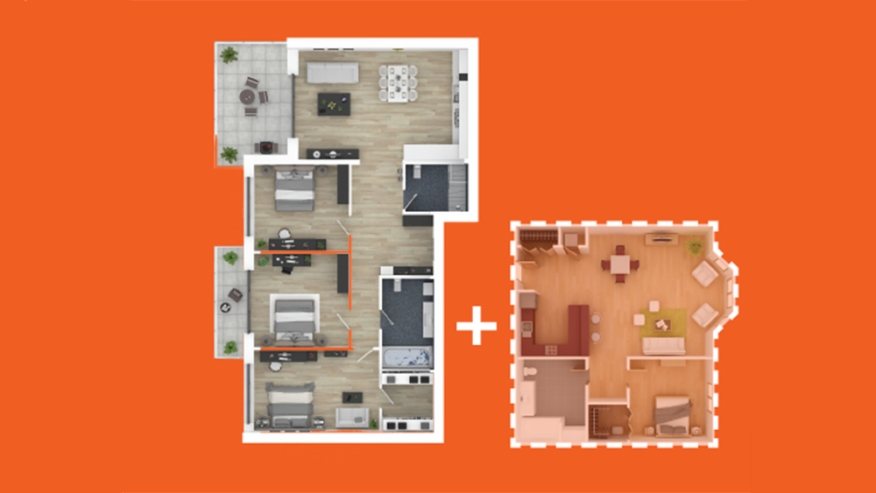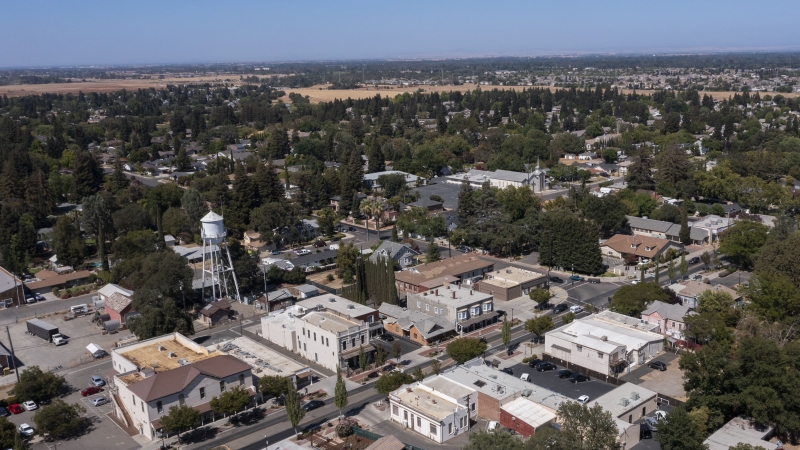Despite these and other improvements, though, some believe Fannie and Freddie have fallen short of the ADU trend. “Freddie, in my view, God bless them, it’s awesome, but it’s a baby step,” Meredith Stowers, branch business development manager at CrossCountry Mortgage in Brecksville, Ohio, said at the Berkeley conference.
More specifically, Faries of Land Gorilla says a rule that the square footage of the ADU cannot exceed that of the primary residence is outdated. “It’s not in line with the current trend” toward larger accessary units, he says, explaining that many property owners want to move into the accessory unit and rent out their main residence. “I suspect (Fannie and Freddie) will catch up because most consumers want larger units,” Fairies told me. But right now, he added, they’re “not in line with the current movement.”
Faries also laments the “conservative approach” Freddie Mac is taking concerning who the borrower uses as his contractor. He understands the need to protect both the lender and the borrower from hooking up with a fly-by-night builder, or even one who just has a lousy track record of not showing up for weeks or not being on time. But he says the rigorous vetting requirements are “one of the biggest drawbacks.”
Another issue, of course, is the need to refinance, especially for owners who currently hold low-rate mortgages and are loathe to give them up. In that regard, the Land Gorilla executive thinks ADUs should be underwritten as a second livable unit with its own separate mortgage, whether the unit is a separate, detached dwelling or an area over the garage or in the basement.
“I’m sure there’s going to be a lot of changes coming,” he told me. “But we’ve got to stop thinking of these as accessory dwellings and starting thinking about them as another livable dwelling unit where grandma is going to live.”
Meanwhile, while some are waiting for the mortgage business to catch up, others are waiting for state and local jurisdictions to come aboard. In 2000, Washington was the first state to ban localities within its borders from outlawing ADUs, according to AARP. Since then, perhaps a half-dozen other states have done the same. But others are dragging their feet.
Massachusetts, for instance, failed to pass a measure this summer that would have allowed ADUs “by right” statewide without prohibitions, restrictions or cumbersome permitting requirements that are on the books in some cities and towns. The measure would have precluded local governments from preventing accessory units up to 950 square feet on a lot of more than 5,000 square feet.












